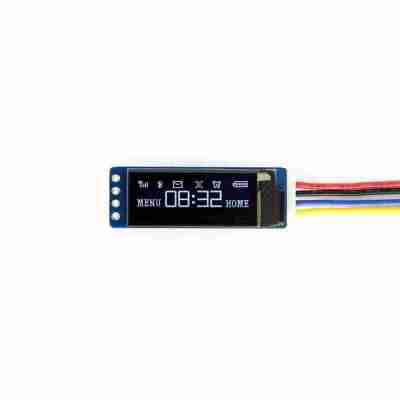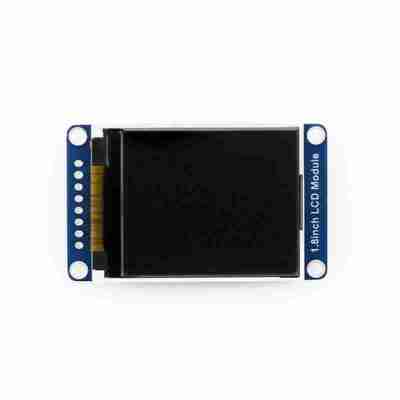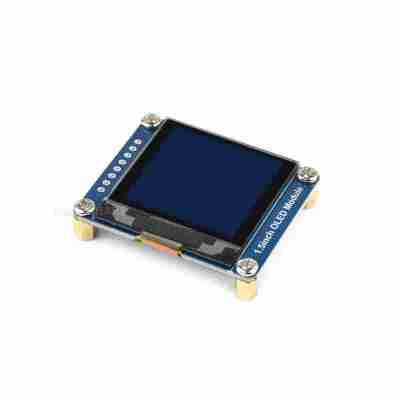What is the difference between utility and value tokens?
Right now, Ethereum is the most reliable and most used platform for external token projects, although there are some others that are also gaining popularity.
Unlike cryptocurrencies, which use their own blockchain, most tokens work with an existing blockchain
The Ethereum blockchain is currently the most popular for using ERC20 tokens
Smart contracts are used to pool existing tokens and to issue new tokens
Tokens are primarily used as digital assets, voting rights in ecosystems, and payment methods for services.
The regulatory status of tokens remains debated in most countries
In this article, you will learn the difference between utility and value tokens.
- Content
- Security Tokens
- Utility tokens
- Regulatory issues
Most cryptocurrencies are based on their own blockchains. In some cases, such as Ethereum , tokens are considered independent projects that use the functionality of an underlying blockchain as a starting point for their own developments.
Security Tokens
A security token based on blockchain technology should not be confused with the security token that is needed to access a sensitive network system, such as a bank account. Also known as an "investment token" or "equity token", in the field of blockchain technology, a cryptographic token linked to a securities offering is called a security token.
Rather than granting a tangible advantage to an investor, such as access to an ecosystem, security tokens represent a stake in the company that issues them. Investors who purchase these tokens hope to make a profit on the investment. Security tokens use the speed and efficiency of blockchain technology, while benefiting from government regulatory measures, which offer greater protection against fraud.
In the United States, the Securities and Exchange Commission (SEC) is the authority in charge of regulating the classification of a security. The SEC also stipulates how companies must disclose their securities offerings. As you may have already learned in Lesson 10, the Howey test is a methodology used to determine whether "depositing" money in a business means that you have truly "invested" in it.
Security tokens take advantage of the speed and efficiency of blockchain technology, while benefiting from government regulatory measures.
The Howey test was established by the United States Supreme Court in 1946. It defines an asset as collateral if “ a person invests his money in a common enterprise and is forced to expect benefits solely from the efforts of the promoter or a third party.” ”.
Utility tokens
Utility tokens, on the other hand, have a specific utility. This utility may consist of the tokens being used on a platform to redeem a special service or receive preferential treatment for certain services. Utility tokens make up the majority of tokens issued in the ICO space. They are mainly used by companies to spark interest in their products, and for the application and creation of value in the services provided in blockchain ecosystems.
Unlike security tokens, investors who purchase utility tokens are not offered an actual ownership stake in a company. Therefore, utility tokens are not created as an investment opportunity per se.
Utility tokens are primarily used by companies to spark interest in their products and for application in blockchain ecosystems.
However, there is a widespread misunderstanding that the more people who use a utility token, the greater the value of that token. In fact, the investment value of a utility token is proportional to the actual demand for the token in question. As the availability of tokens is limited, their value is expected to increase based on demand. If a token is tied to a DApp, scaling a network can cause the value of a token to increase.
Like
Comment
Share





